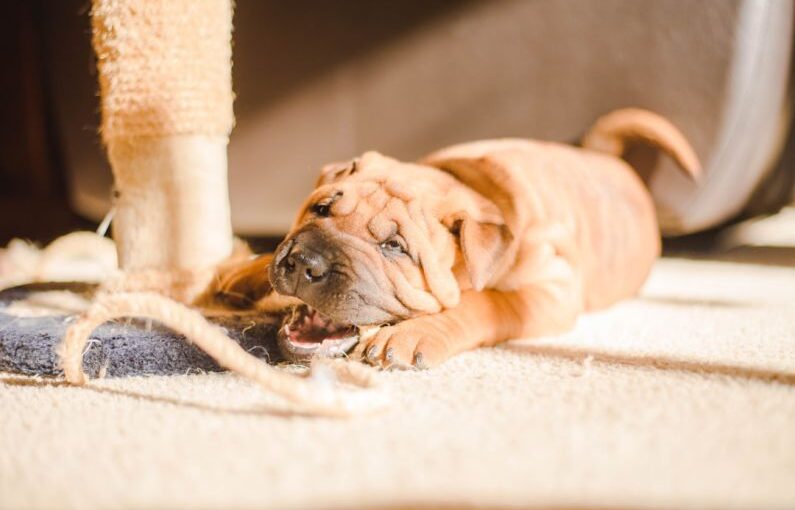Pets have an innate tendency to chew – whether it’s a puppy exploring the world with their mouth or a cat sharpening their teeth. This behavior is completely normal and serves various purposes, such as relieving stress, boredom, and teething discomfort. However, when pets chew on inappropriate items like shoes, furniture, or electrical cords, it can become a problem. Redirecting this natural behavior is essential for both your pet’s well-being and the preservation of your belongings. Here’s how you can effectively redirect your pet’s chewing habits.
Understanding the Root Cause
Before attempting to redirect your pet’s chewing behavior, it’s crucial to understand why they are chewing in the first place. Chewing can stem from various reasons, including teething, boredom, anxiety, lack of exercise, or simply the need to explore their surroundings. By pinpointing the root cause of your pet’s chewing habits, you can tailor your redirection strategies accordingly.
Provide Appropriate Chew Toys
One of the most effective ways to redirect your pet’s chewing behavior is by providing them with a variety of appropriate chew toys. Choose toys that are specifically designed for your pet’s size, breed, and chewing preferences. For example, puppies may benefit from soft rubber toys or teething rings, while adult dogs may enjoy durable chew toys made of nylon or rubber. Cats, on the other hand, may prefer interactive toys like feather wands or catnip-infused toys. By offering your pet a selection of engaging chew toys, you can redirect their chewing behavior away from your belongings.
Rotate Toys Regularly
Pets, like humans, can quickly become bored with the same toys day after day. To keep your pet engaged and prevent destructive chewing behavior, make sure to rotate their toys regularly. Introduce new toys, textures, and shapes to stimulate your pet’s interest and provide them with a variety of chewing options. Additionally, rotating toys can help prevent your pet from becoming fixated on a particular item, such as your favorite pair of shoes.
Use Positive Reinforcement
When your pet chews on appropriate items like their chew toys, be sure to praise and reward them with treats or verbal praise. Positive reinforcement is a powerful tool in redirecting your pet’s behavior, as it helps them associate chewing on the right items with a positive outcome. Conversely, if you catch your pet chewing on something they shouldn’t, calmly redirect their attention to an appropriate chew toy and praise them when they engage with it. Consistent positive reinforcement will help reinforce good chewing habits in your pet.
Create a Chewing Zone
Designating a specific area in your home as a “chewing zone” can help redirect your pet’s chewing behavior away from off-limits items. Fill this area with an assortment of chew toys, puzzle feeders, and interactive toys to keep your pet entertained and engaged. Encourage your pet to spend time in their designated chewing zone by rewarding them for engaging with their toys. Over time, your pet will learn that this area is where they can satisfy their chewing instincts in a safe and appropriate manner.
Seek Professional Help if Needed
If your pet’s chewing behavior persists despite your best efforts, it may be beneficial to seek guidance from a professional trainer or behaviorist. A qualified expert can assess your pet’s behavior, identify any underlying issues, and provide tailored strategies to help redirect their chewing habits effectively. Additionally, they can offer advice on managing stress, anxiety, or other behavioral issues that may be contributing to your pet’s chewing behavior.
Redirecting your pet’s chewing behavior is a gradual process that requires patience, consistency, and understanding. By providing your pet with appropriate chew toys, rotating their toys regularly, using positive reinforcement, creating a chewing zone, and seeking professional help if needed, you can effectively redirect this natural behavior and promote your pet’s overall well-being. Remember, chewing is a normal and essential behavior for pets – it’s all about guiding them towards the right outlets for their chewing instincts.





